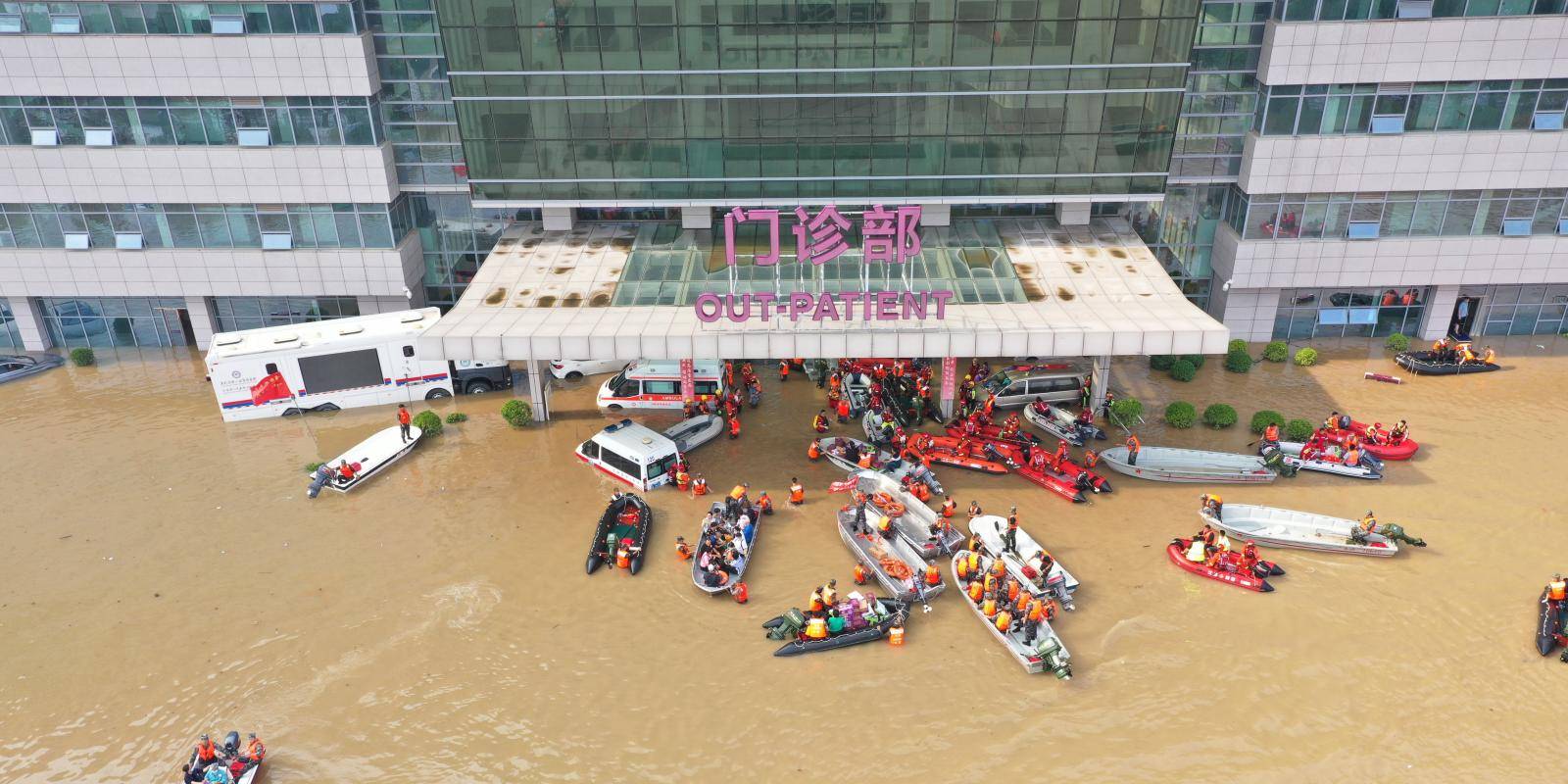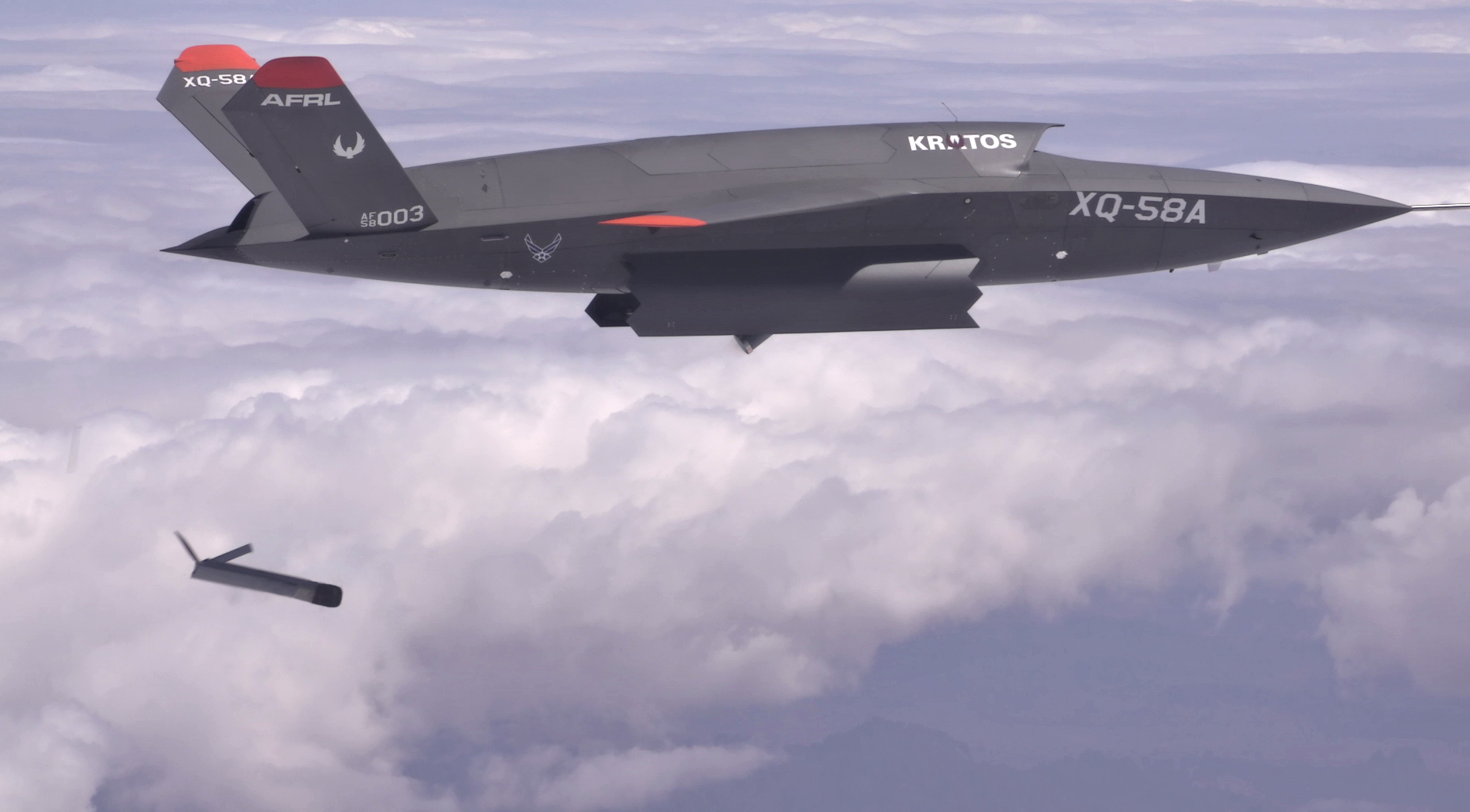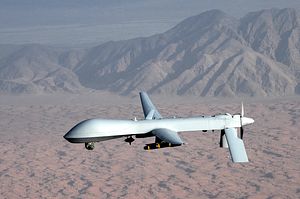James M. Dorsey
Two separate developments involving improved relations between Sunni and Shiite Muslims and women’s sporting rights demonstrate major shifts in how rivalry for leadership of the Muslim world and competition to define Islam in the 21st century is playing out in a world in which Middle Eastern states can no longer depend on the United States coming to their defence.
The reconciliation moves also signal the pressure on Middle Eastern players in what amounts to a battle for the soul of Islam to change perceptions of the region as being wracked by civil wars, sectarian tensions, extremism, jihadism, and autocracy. Altering that perception is key to the successful implementation of plans to diversify oil and gas export dependent economies in the Gulf, develop resource-poor countries in the region, tackle an economic crisis in Turkey, and enable Iran to cope with crippling US sanctions.
Finally, these developments are also the harbinger of the next phase in the competition for religious soft power and leadership of the Muslim world. In a break with the past decade, lofty declarations extolling Islam’s embrace of tolerance, pluralism and respect for others’ rights that are not followed up by deeds no longer cut ice. Similarly, proponents of socially conservative expressions of political Islam need to be seen as adopting degrees of moderation that so far have been the preserve of their rivals who prefer the geopolitical status quo ante.
That next phase of the battle is being shaped not only by doubts among US allies in the Middle East about the reliability of the United States as a security guarantor, reinforced by America’s withdrawal from Afghanistan. It is also being informed by a realisation that neither China nor Russia can (or will) attempt to replace the US defence umbrella in the Gulf.
The battles’ shifting playing field is further being determined by setbacks suffered by political Islam starting with the 2013 military coup that toppled Mohammed Morsi, a Muslim Brother and Egypt’s first and only democratically elected president and brutally decimated the Muslim Brotherhood. More recently, political Islamists suffered a stunning electoral defeat in Morocco and witnessed the autocratic takeover of power in Tunisia by President Kais Saied.
The Middle East’s rivalries and shifting sands lend added significance to a planned visit in the coming weeks to Najaf, an Iraqi citadel of Shiite Muslim learning and home of 91-year-old Shiite religious authority, Grand Ayatollah Ali Al-Sistani, by Ahmed El-Tayeb, the grand imam of Al-Azhar, Sunni Islam’s foremost historic educational institution.
The visit takes place against the backdrop of Iraqi-mediated talks between Saudi Arabia and Iran, the two major centres of Islam’s two main strands, that are aimed at dialling down tensions between them that reverberate throughout the Muslim world. The talks are likely to help the two regional powers manage rather than resolve their differences.
Implicit in Saudi and Iranian sectarianism was the perception of Shiite minorities in Saudi Arabia and other Sunni majority countries, and Sunnis in Iran and Iraq after the 2003 toppling of Saddam Hussein, as fifth wheels of the other.
The visit takes on added significance in the wake of this week’s suicide bombing of a Hazara Shiite mosque in the northern Afghan city of Kunduz that killed at least 50 people and wounded 100 others. The South Asian affiliate of the Islamic State, Islamic State-Khorasan, claimed responsibility for the attack, the worst since the Taliban came to power in August. It was likely designed to fuel tension between the Sunni Muslim group and the Hazara who account for 20 percent of the Afghan population.
Imam El-Tayeb’s travel to Najaf is likely to be followed by a visit by Mohamed al-Issa, secretary-general of the Saudi-dominated Muslim World League. The League was long a prime vehicle for the propagation of anti-Shiite Saudi ultra-conservatism. Since coming to office, Crown Prince Mohammed bin Salman has recast the League as a tool to project his vaguely defined notion of a state-controlled ‘moderate’ Islam that is tolerant and pluralistic.
In a similar vein, hard-line Iranian President Ebrahim Raisi took many by surprise by allowing women into Tehran’s Azadi Stadium to attend this month’s World Cup qualifier between Iran and South Korea. Iran is the only country to ban women from attending men’s sporting events. It was unclear whether the move was a one-off measure or signalled a loosening or lifting of the ban.
Mr Raisi was believed to see it as a way to rally domestic support and improve the Islamic republic’s image as much in China and Russia as in the West. No doubt, Mr. Raisi will have noted that China and Russia have joined the United States, Europe, and others in pressuring the Taliban in Afghanistan to recognize women’s rights.
To be sure, women in Iran enjoy education rights and populate universities. They can occupy senior positions in business and government even if Iran remains a patriarchal society. However, the ban on women in stadia, coupled with the chador, the head to foot covering of women, has come to dominate the perception of Iran’s gender policies.
It also demonstrates that the government, with hardliners in control of all branches, can shave off sharp edges of its Islamic rule far easier than reformists like Mr. Raisi’s predecessor, Hassan Rouhani, were able to do.
The question is whether that is Mr. Raisi’s intention. Mr. Raisi may be testing the waters with this month’ soccer match, only time will tell.
It may be too big a leap in the immediate future but, like Imam El-Tayeb’s visit to Najaf, it indicates that the dialling down of regional tensions puts a greater premium on soft power which in turn builds up pressure for less harsh expressions of religion.
 The Deterrence Theory was developed in the 1950s, mainly to address new strategic challenges posed by nuclear weapons from the Cold War nuclear scenario. During the Cold War, the U.S. and the Soviet Union adopted a survivable nuclear force to present a ‘credible’ deterrent that maintained the ‘uncertainty’ inherent in a strategic balance as understood through the accepted theories of major theorists like Bernard Brodie, Herman Kahn, and Thomas Schelling.1 Nuclear deterrence was the art of convincing the enemy not to take a specific action by threatening it with an extreme punishment or an unacceptable failure.
The Deterrence Theory was developed in the 1950s, mainly to address new strategic challenges posed by nuclear weapons from the Cold War nuclear scenario. During the Cold War, the U.S. and the Soviet Union adopted a survivable nuclear force to present a ‘credible’ deterrent that maintained the ‘uncertainty’ inherent in a strategic balance as understood through the accepted theories of major theorists like Bernard Brodie, Herman Kahn, and Thomas Schelling.1 Nuclear deterrence was the art of convincing the enemy not to take a specific action by threatening it with an extreme punishment or an unacceptable failure.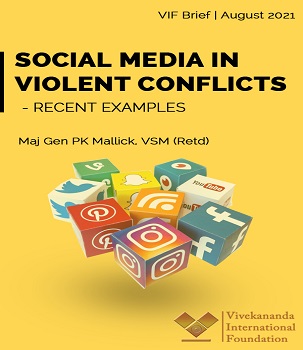


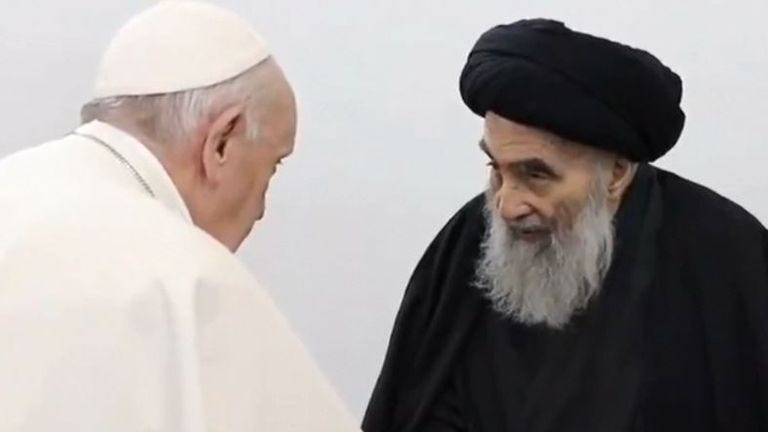

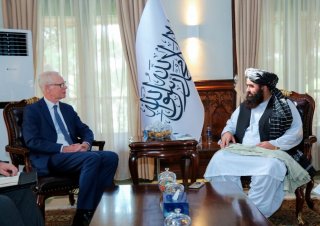
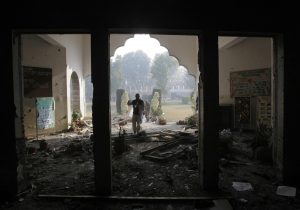
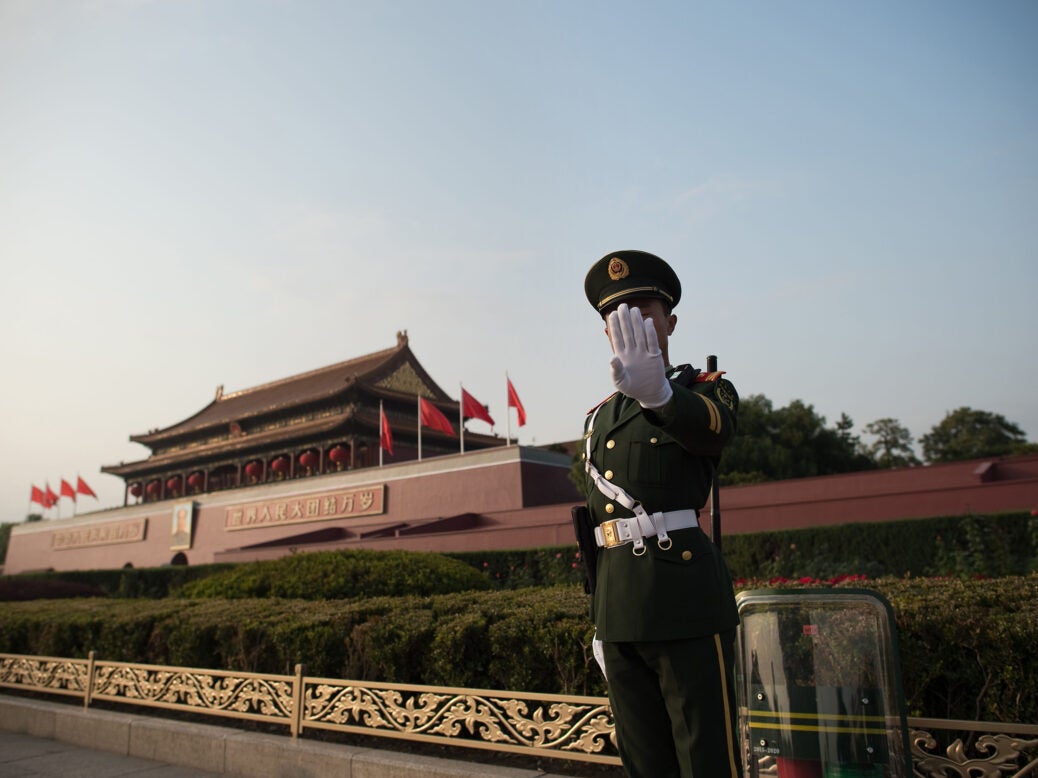
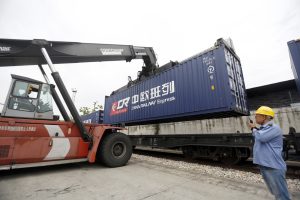
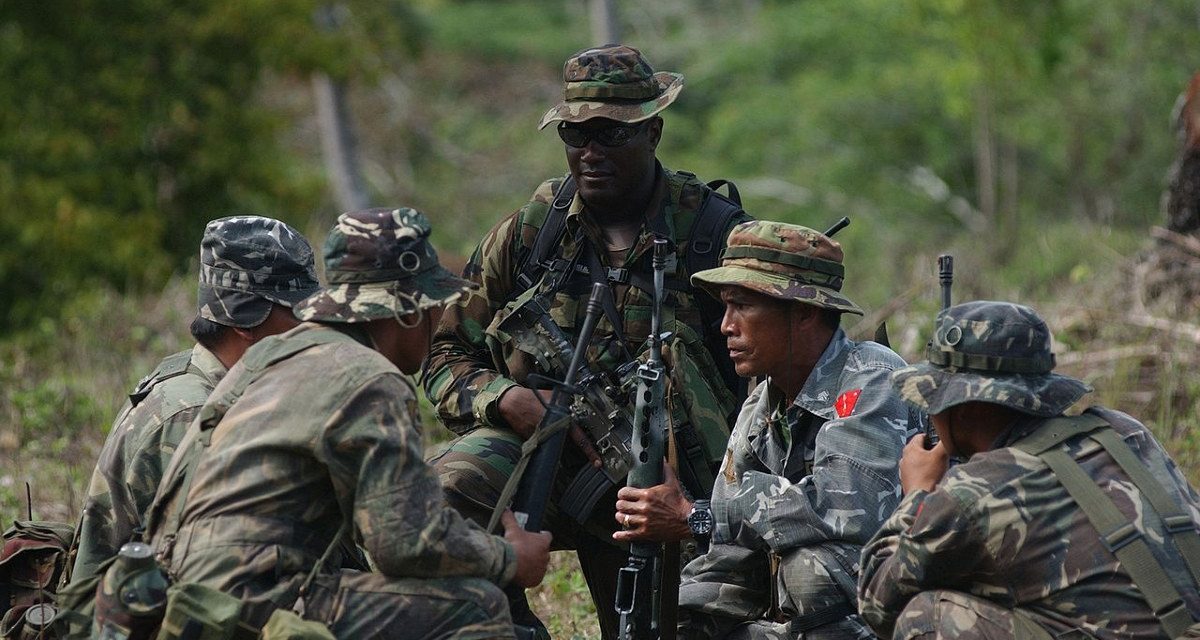


:quality(70)/cloudfront-us-east-1.images.arcpublishing.com/mco/7TT2KQ56XRHDHKPO2LOC7HOPZU.jpg)

